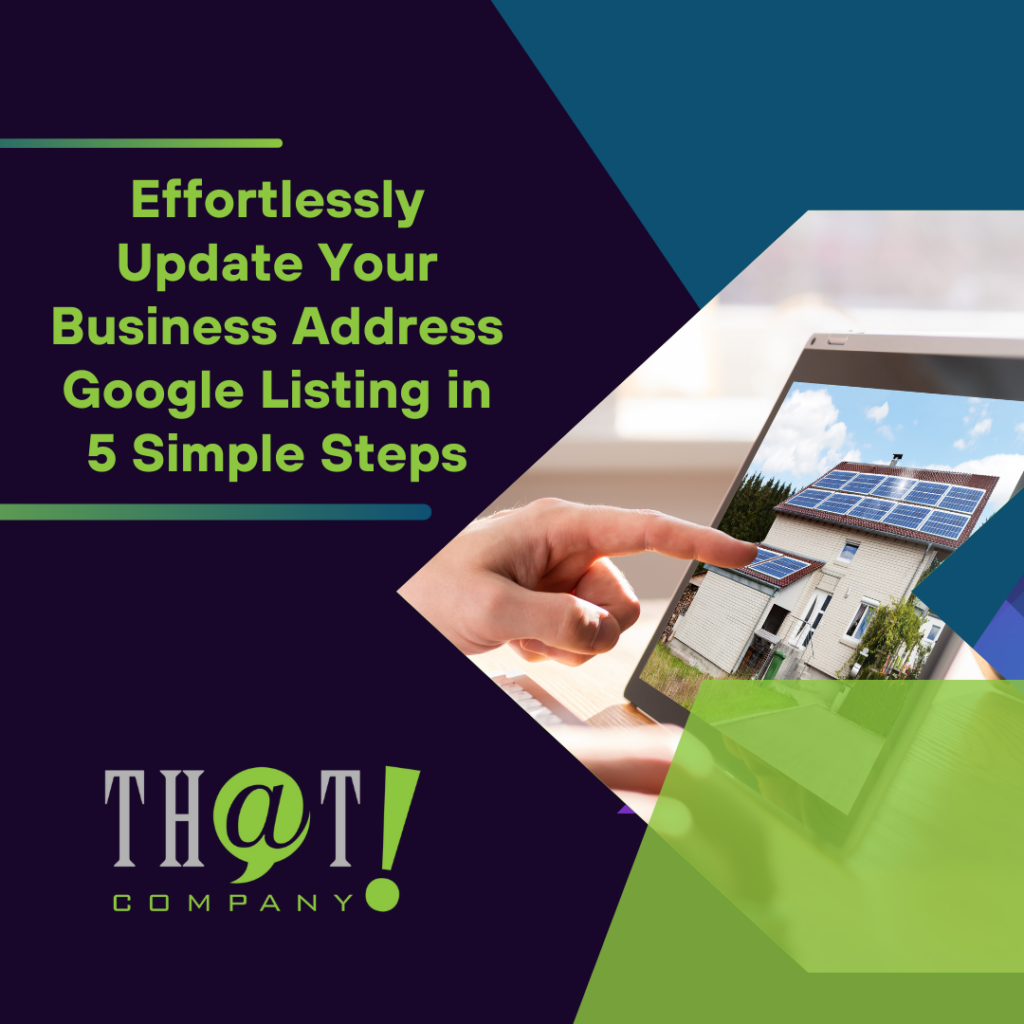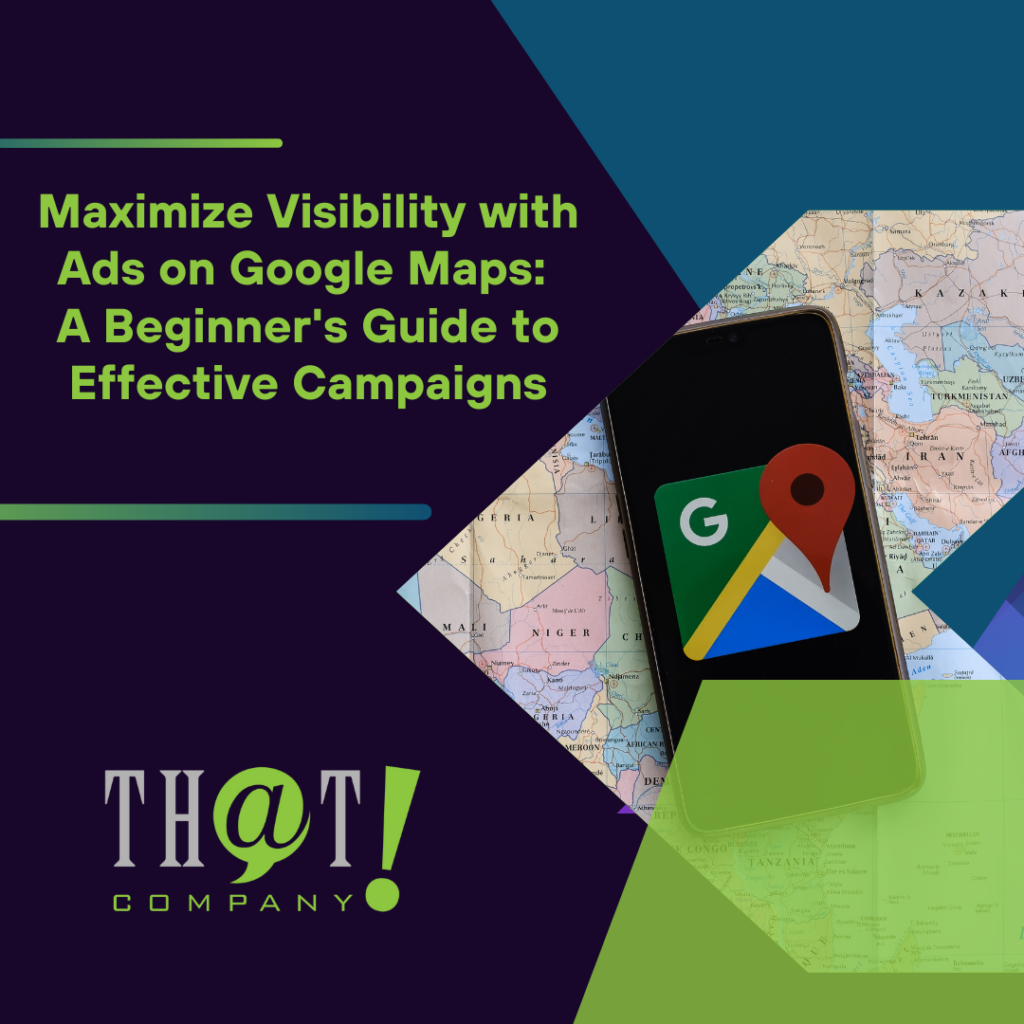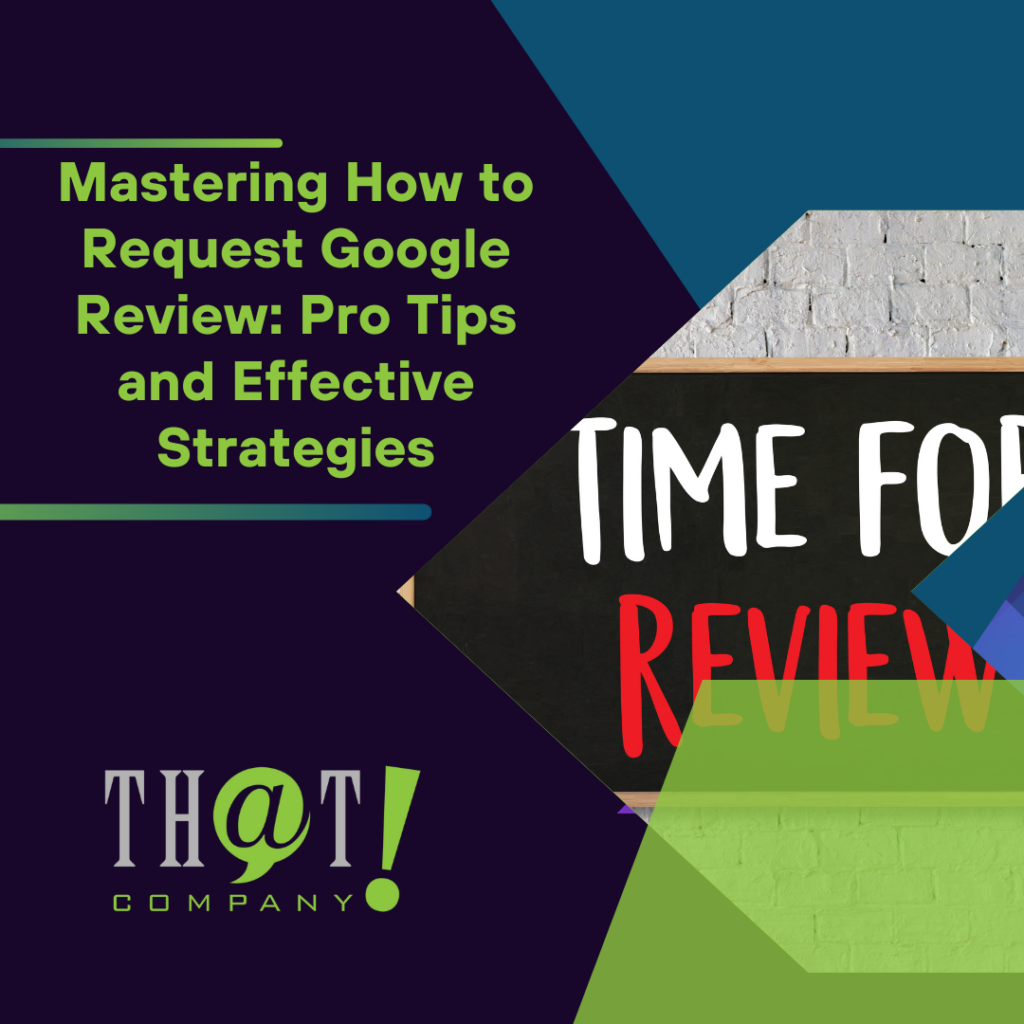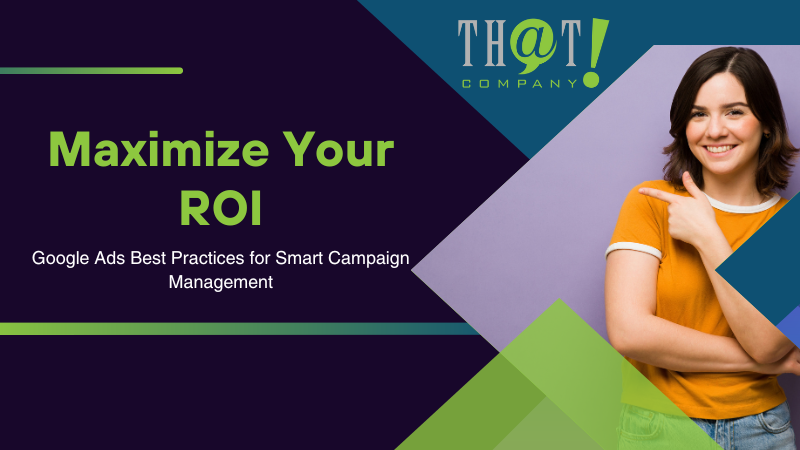
Struggling to improve your Google Ads performance? You’re in the right place. In this article, we unpack effective Google Ads best practices to streamline your campaign management and drive superior results. From nailing the perfect ad copy to smart targeting and strategic bidding, get ready to master the moves that will propel your campaigns to the forefront and mark a clear path to a better ROI.
Key Takeaways
- Google Ads is a must-have in any paid marketing strategy, enabling various campaign types (Search, Display, Video, Shopping, App) to reach different audiences and fulfill specific advertising goals.
- Effective Google Ads copywriting is crucial, with attention-grabbing headlines, convincing descriptions with CTAs, and proper keyword research and usage improving campaign success.
- Continuous optimization is key, including refining your bidding strategy (automated or manual), utilizing ad extensions for richer information, creating responsive search ads, optimizing landing pages for conversion, and regularly monitoring and adjusting campaign performance.
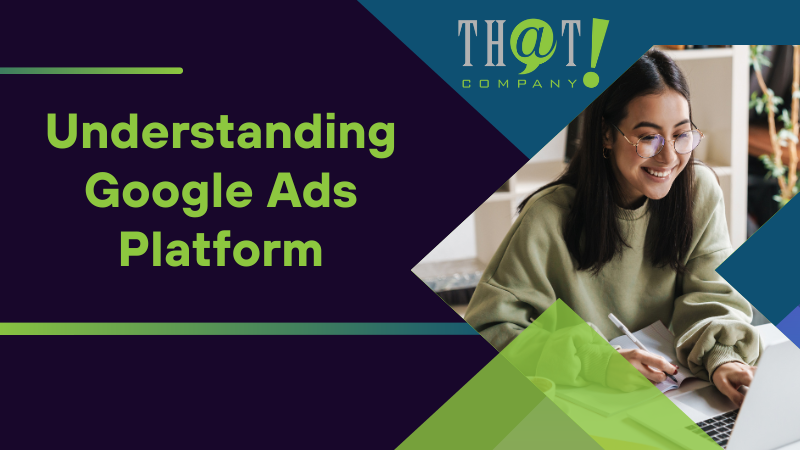
Understanding Google Ads Platform
Google Ads is like a bustling marketplace, where businesses compete for the attention of potential customers. Think of it as a triple-threat platform that involves the searcher (the potential customer), the advertiser (that’s you!), and the Google Ads platform itself, the facilitator of this dynamic interaction. By creating a Google Ads account, you can access this platform that allows you to create online marketing to reach potential customers who are interested in what you have to offer.
So, how does it all work? It’s a dance of budgets, ad spends, and performance data, all orchestrated to optimize your campaigns and measure their results. But, where do you begin? Well, that’s what we’re here to explore!
Importance of Google Ads
Why should you care about Google Ads? Simple. It’s a powerhouse in the world of online advertising. With its extensive reach and authority, Google Ads is a crucial component of any successful paid marketing strategy.
Think about how many times you, as a google user, have turned to Google to find a product, service, or answer to a question. Now, imagine your business being the answer that pops up in those google search results. That’s the power of Google Ads, and utilizing a well-crafted google ad can make all the difference in your google search ads strategy! By running Google Ads, you can increase your online visibility and attract more potential customers.
Types of Google Ads Campaigns
Now that we’ve established the importance of Google Ads, let’s take a closer look at the different types of Google Ads campaign you can run. Google Ads offers five campaign types:
- Search
- Display
- Video
- Shopping
- App
Each campaign type serves a unique purpose.
For example, shopping ads allow you to promote specific products, displaying detailed information right on the search engine results page. On the other hand, app campaigns and mobile ads reach potential customers across various platforms like YouTube and Google Play. By understanding the purpose of each campaign type, you can choose the best one to reach your target audience and achieve your advertising goals.
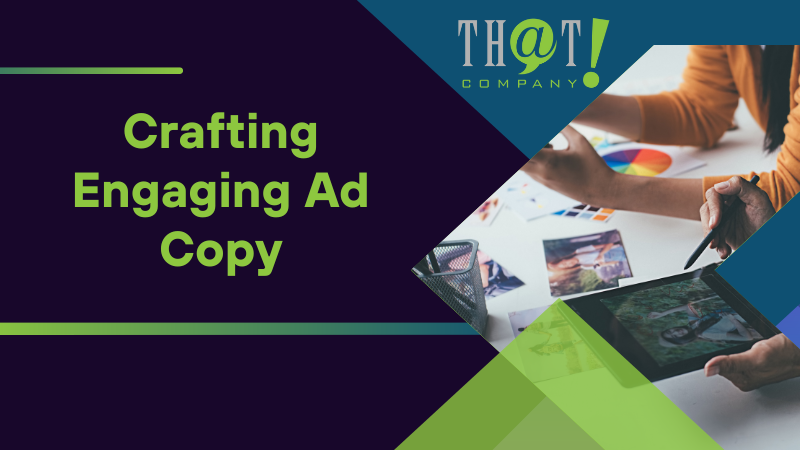
Crafting Engaging Ad Copy
Creating compelling ad copy is both an art and a science. In the limited space of a search engine results page, your ad needs to communicate effectively with potential customers. This involves:
- Writing specific text for each ad group based on smaller themes or products
- Considering customer needs, demographics, and desires
- Making your ads highly relevant and organized
As we delve deeper into this, we’ll explore the key elements of crafting attention-grabbing headlines and descriptions that encourage action.
Headlines That Grab Attention
Your ad headline is your first shot at making an impression on potential customers. It’s like the flashy sign outside a shop that grabs your attention and pulls you in. A powerful headline appeals to both the rational and emotional sides of your audience and communicates your ad’s unique selling points. It’s about striking the right balance between creativity and relevance, sparking curiosity, and delivering value.
And how do you find out what works best? By testing, of course! A/B testing is an essential tool in understanding audience preferences and discovering the most effective headlines.
Descriptions That Encourage Action
Moving on from headlines, the next critical element of your ad copy is the description. This is where you make your case to potential customers. An effective description guides users on what steps to take after encountering your ad, with a compelling call to action (CTA). By crafting a CTA with an authoritative tone and personalized message, you can encourage users to take the desired action.
Including the best performing keywords in your ad descriptions can also significantly increase revenue and conversions. By deploying unique headlines and descriptions, you can ensure the right message is conveyed to the right audience.

Targeting and Keywords
In the world of Google Ads, keywords are king. They are the bridge that connects your ads with your target audience. By choosing highly relevant keywords, you can improve your Quality Score, leading to lower acquisition costs and better ad placement. But that’s not all.
Long-tail keywords, which are very specific, can target a more precise audience, improving the effectiveness of your ads and boosting the overall ROI. This section will delve deeper into the importance of keyword selection and match types in refining ad targeting and improving campaign performance.
Keyword Research
Keyword research is like a treasure hunt. It involves digging deep to find those golden terms that resonate with your target audience. Including keywords that match your audience’s search query in the headline can signal to them that they’ve found what they’re looking for. By considering how customers categorize your product or service, you can select more effective keywords and improve ad targeting. Some tips for effective keyword research include:
- Using keyword research tools to identify popular and relevant keywords
- Analyzing competitor keywords to see what is working for them
- Considering long-tail keywords that are more specific and have less competition
- Using keyword variations and synonyms to capture a wider audience
- Monitoring and adjusting your keywords regularly to stay relevant and competitive.
Long-tail keywords, like ‘cat clinic in Belvedere,’ target a more defined audience, leading to increased chances of conversion. It’s all about finding the right balance of specificity and relevance.
Match Types and Negative Keywords
Let’s delve a little deeper into the world of keywords. Different keyword match types, such as negative, phrase match, broad match, or exact match keywords, can play a significant role in refining your ad targeting. Negative keywords are terms that, when used, prevent your ads from showing for specific queries. This ensures that your ads show up in the most relevant search engine results pages, making your ad exposure more targeted and relevant.
So, you’re not just casting a wide net; you’re using a well-aimed spear to catch the right fish!

Optimizing Your Bidding Strategy
Now, let’s talk money! Your bidding strategy is key to maximizing ad placement and ROI. Ad placement is determined by AdRank, which considers the maximum bid you’re willing to pay and the associated Quality Score, a measure of ad relevance. You can choose between automated and manual bidding strategies, with options like Cost Per Click (CPC), Cost Per Mille (CPM), or Cost Per Engagement (CPE).
Improving your Quality Score is essential as it directly affects ad rank and placements; a higher QS can result in better ad positioning and potentially lower costs per click. In the next sections, we’ll explore the benefits and drawbacks of automated and manual bidding, as well as some smart bidding techniques.
Automated vs. Manual Bidding
When it comes to bidding strategies, there’s no one-size-fits-all approach. Google offers bid strategies that allow for automated management of bids, like the Maximize Clicks strategy, which focuses on acquiring the maximum number of clicks within a specified budget. While automated strategies offer efficiency, they might not provide the control and flexibility that manual bidding offers.
With manual bidding, you have granular control over bid adjustments, but it requires more time and expertise to manage effectively. The key to success lies in choosing the right strategy that aligns with your business goals and resources.
Smart Bidding Techniques
With the rise of artificial intelligence, we’re now entering the era of smart bidding. Google’s AI technology identifies the best performing ad formats and placements to maximize conversions. One of the key metrics in smart bidding is Return on Ad Spend (ROAS), which measures the revenue earned for every dollar spent on advertising.
By leveraging smart bidding techniques, you can drive more conversions and ultimately, boost your ROI.
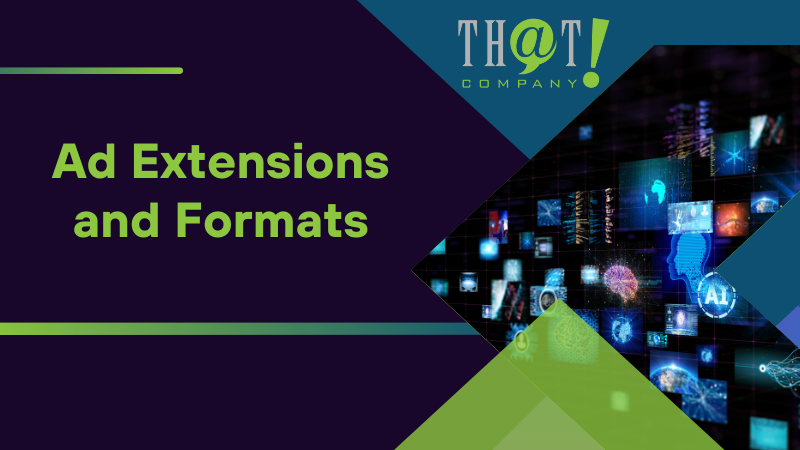
Ad Extensions and Formats
Let’s add some finishing touches to your ads. Ad extensions and responsive search ads can be the cherry on top that enhances ad performance and user engagement. Ad Extensions provide extra information to supplement your ad, and they are included in the cost at no extra charge. They come in various categories, such as:
- Sitelink
- Call
- Location
- Offer
- App
By enhancing your search ads, they improve lead quality and ROI.
In the next sections, we’ll explore the different types of ad extensions and the power of responsive search ads.
Types of Ad Extensions
Ad extensions, now referred to as assets, are supplementary features that allow advertisers to enhance their ad copy with additional information and persuasive elements. Among the various types of ad extensions are:
- Sitelink extensions
- Callout extensions
- Structured snippet extensions
- Call extensions
- Location extensions
These can significantly enrich the ad text information provided in your ads.
For example, Sitelink extensions offer additional links to specific pages on your website, helping users find relevant information quickly. Call extensions integrate a clickable phone number directly into your ad, making it easier for potential customers to get in touch immediately. Utilizing a variety of ad extensions provides opportunities to improve the performance of your Google Ads, leading to a higher return on investment.
Responsive Search Ads
This is where the magic happens. Responsive search ads are dynamic text ads that allow you to provide multiple headlines and descriptions. Google then automatically tests and optimizes for the best combinations. Responsive search ads can connect with more customers and drive more conversions, while adapting to users’ varying content preferences.
By using dynamic features within responsive search ads, you can generate conditional statements based on the user’s device or audience, enhancing targeting, and relevance. The result? Improved efficiency and more effective messaging.

Landing Page Optimization
We’ve talked about crafting engaging ads and optimizing your bidding strategy, but what happens after a user clicks on your ad? They are directed to your landing page, and this is where you convert those clicks into results like sales or leads. Successful campaigns rely not only on compelling ad copy and headlines but also on well-optimized landing pages and Thank You pages.
So, how can you ensure your landing pages are optimized for conversions? Let’s delve deeper into this in the next sections.
Relevance and User Experience
The ad copy should directly reflect the offer or promotion on the landing page to ensure a strong connection and facilitate a smooth transition for the user. Optimizing the landing page for a seamless experience, including an attractive design and mobile responsiveness, is critical to keeping the user engaged and reducing bounce rates.
Copywriting on the landing page must resonate with the target audience’s needs and drive them to take action, impacting the effectiveness of the ad’s call-to-action. It’s all about creating a user experience that matches the expectations set by the ad’s messaging.
Conversion Rate Optimization
Conversion Rate Optimization (CRO) is all about turning visitors into customers. A landing page should have a fast loading time to prevent visitor impatience and ensure that potential customers stay long enough to take the desired action. Clear and intuitive navigation is crucial for guiding visitors smoothly towards the completion of a transaction or inquiry.
Including authentic customer reviews can significantly enhance the perceived reliability of the product or service and contribute to a higher conversion rate. Trust elements such as customer testimonials and industry awards build credibility and can lead to increased conversions. And let’s not forget the call-to-action! Ensure that it’s prominent and singularly focused to effectively guide visitors towards completing the conversion goal.

Monitoring and Adjusting Your Campaigns
Once your campaigns are up and running, the work doesn’t stop there. It’s crucial to regularly monitor and adjust your campaigns to maximize performance and ROI. The Overview page in Google Ads provides a snapshot of performance metrics for accounts, campaigns, or ad groups. By reviewing these metrics, you can identify areas of strength and opportunities for improvement.
In the next sections, we’ll explore key performance metrics and how A/B testing and iteration can help optimize your campaigns. Also, you will learn about the white label marketing agencies and what these services can do for you.
Key Performance Metrics
Metrics are the compass that guides your Google Ads journey. They tell you how well your campaigns are performing and where improvements can be made. The conversion rate is a critical metric that indicates the percentage of visitors who have completed a desired action on a landing page. The click-through rate (CTR) is another essential metric that shows the ratio of users who click on your ad compared to the number of times your ad is displayed.
By tracking these and other key performance metrics, you can gauge the effectiveness of your campaigns and make data-driven decisions to boost your ROI.
A/B Testing and Iteration
Can’t decide between two headline options? Test them! A/B testing is a powerful tool that allows you to compare different ad variations and identify which one performs better. By using A/B testing and iteration, you can continuously improve your ads and optimize campaign performance. For instance, testing the placement of keywords in ad headlines can lead to improved engagement by determining the most effective positions.
A/B testing is key in uncovering which elements on a landing page contribute to or detract from conversion rates, informing targeted improvements.
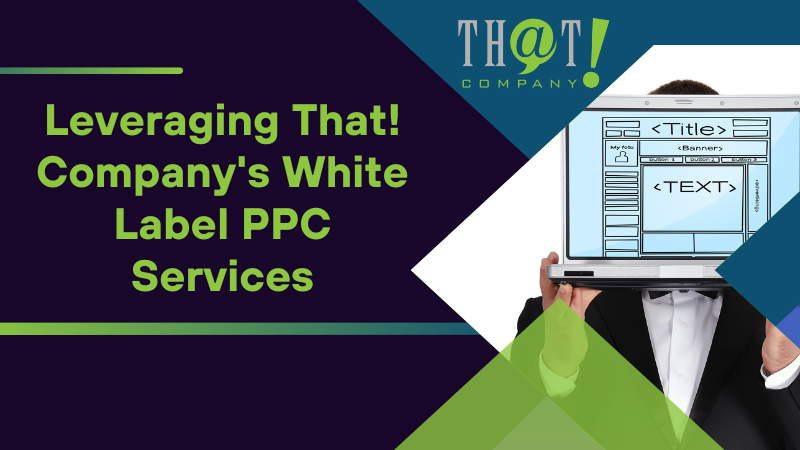
Leveraging That! Company’s White Label PPC Services
Now, let’s talk about how you can leverage the power of That! Company’s white label PPC services. As “The Google Ads Agency That Other Google Ads Agencies Use”, That! Company provides white label Google Ads Management for agencies, allowing you to offer expert PPC management to your clients without the need to develop the capability in-house.
In the next sections, we’ll explore the benefits of white label PPC and how you can get started with That! Company.
Benefits of White Label PPC
White label PPC offers several benefits:
- It allows you to offer expert PPC services under your own brand, enhancing your brand identity.
- It expands your service range without the need for in-house development.
- By outsourcing PPC through white label services, you can minimize overhead costs.
- You gain access to high-quality PPC management without the need to employ full-time experts.
This means you can retain clients by providing tailored white label agency services with flexible pricing and service packages that cater to the specific needs of each client.
Getting Started with That! Company
Ready to get started with white label PPC? Partnering with That! Company is as easy as scheduling a discovery meeting. This partnership allows agencies to offer enhanced PPC advertising and campaign management to their clients, all under their own brand name. By leveraging That! Company’s expertise, you can expand your service offerings, foster stronger client relationships, and drive growth.
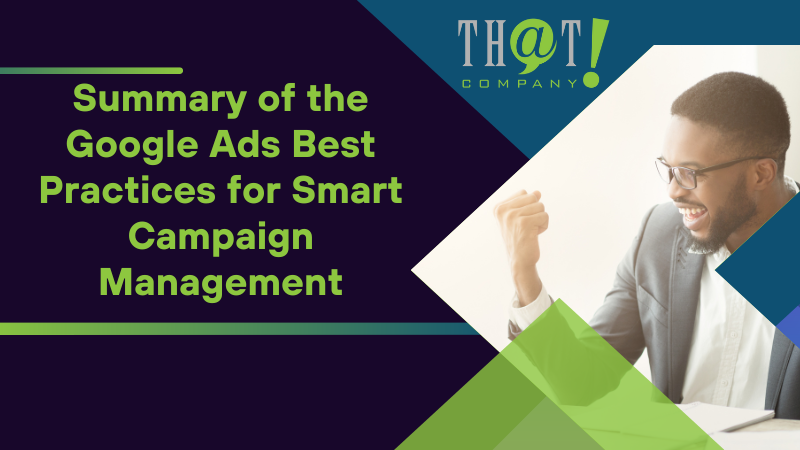
Summary
In the world of digital marketing, Google Ads is a powerful tool for connecting with potential customers and driving business growth. From understanding the platform and crafting engaging ad copy to optimizing your bidding strategy and monitoring campaign performance, every step is crucial in maximizing your ROI. And with That! Company’s white label PPC services, you can leverage expert PPC management to expand your service offerings and foster stronger client relationships. So, take these insights, apply them, and see your business soar to new heights!
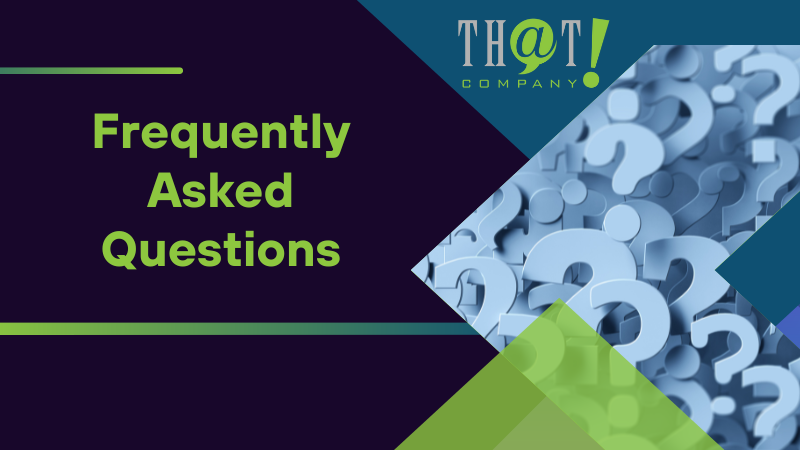
Frequently Asked Questions
What is the best practice for Google Ads?
The best practice for Google Ads is to install conversion tracking, organize your account, analyze the competition, improve ad copy, optimize landing pages, maintain a negative keyword list, take advantage of ad assets, and test location targeting and ad scheduling to maximize return on ad spend.
Which of the following is a Google ad best practice?
The best practice for a Google ad is to make sure the landing page context matches the ad, provide important information upfront, and use short, clear calls-to-action to drive conversions. Including relevant keywords in the ad text is also important.
What is the best way to optimize Google Ads?
The best way to optimize Google Ads is to use research and PPC spy tools to increase expansion opportunities, implement SKAGs for more control, target specific audiences with RLSAs, and focus on metrics and KPIs for your big business goal. Additionally, consolidating your Google Ads account, matching landing pages and ad copy with search terms, adding negative keywords, experimenting with different campaign types, and focusing on the right metrics can greatly improve your ad performance.
How do I make my Google ad effective?
To make your Google ad effective, focus on creating short, attention-grabbing headlines with a limited number of characters. Additionally, craft compelling, genuine ad copy that reflects your brand and includes user benefits. Making use of these tips will help your ad stand out and entice potential customers to take action.
What is white label PPC?
White label PPC is when a marketing agency hires another company to manage their client’s PPC campaigns using the provider’s tools and processes. It’s a way for the agency to offer PPC services without doing the work themselves.

















